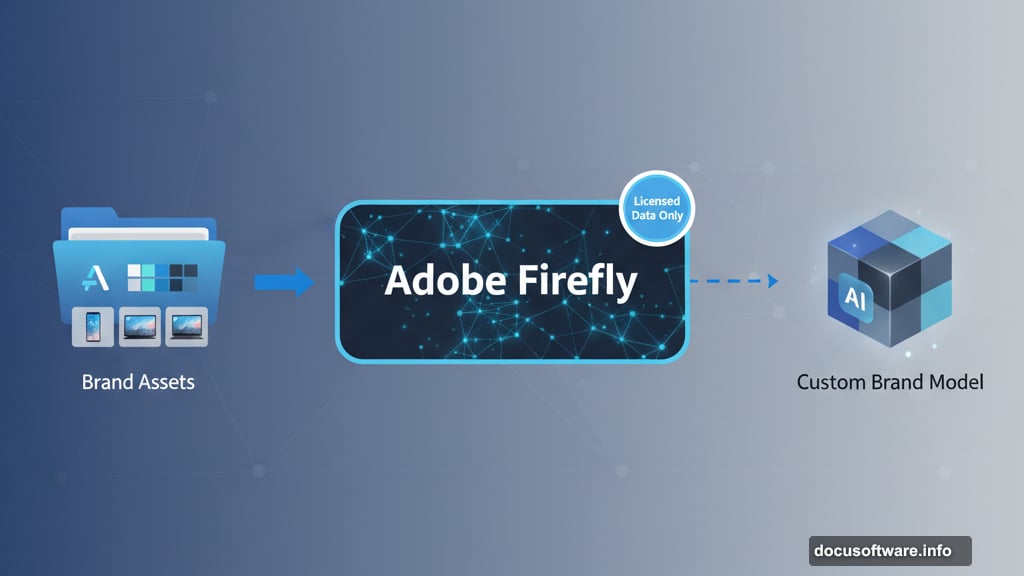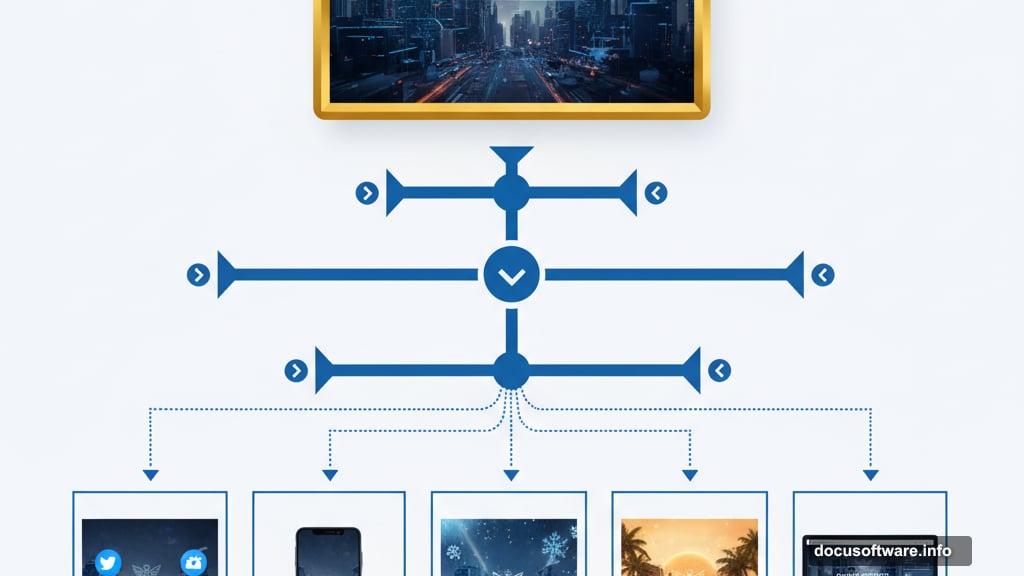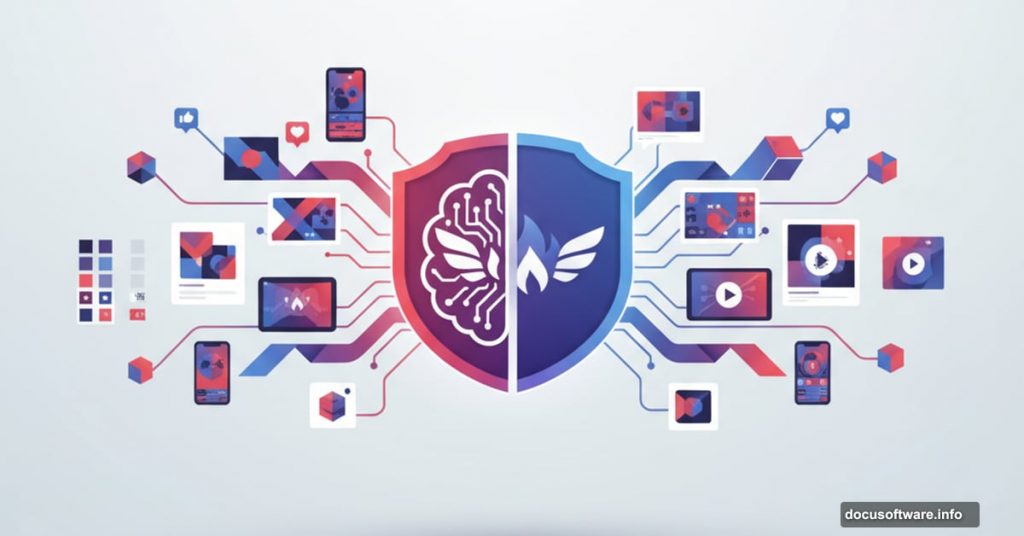Adobe just made a big move in enterprise AI. But this isn’t another generic chatbot launch.
The company launched Adobe AI Foundry on Monday. It’s a service that builds custom generative AI models trained specifically on each company’s brand assets and intellectual property. So instead of generic stock images, businesses get AI that creates content matching their exact brand guidelines.
This matters more than it sounds. Most companies struggle to maintain brand consistency across hundreds of campaigns and thousands of assets. Now Adobe’s offering a solution built on tech they’ve been developing since 2023.
What Foundry Actually Does
The service creates custom AI models that generate text, images, video, and even 3D scenes. But here’s the key difference from standard AI tools.
Adobe builds these custom models on top of their Firefly AI platform. Firefly launched in 2023 with one critical advantage over competitors. Every model trains entirely on licensed data. No scraped internet content. No copyright gray areas.
Plus, the pricing model differs from Adobe’s typical subscription approach. Foundry charges based on usage instead of per seat. That makes sense for enterprise deployments where usage patterns vary wildly.
The Numbers Tell the Story
Since Adobe released Firefly in 2023, enterprises have created over 25 billion assets using these models. That’s not just impressive volume. It shows genuine adoption at scale.

Hannah Elsakr, Adobe’s VP of generative AI new business ventures, told TechCrunch that enterprise customers were actively requesting more customization options. Companies weren’t just accepting Adobe’s standard AI tools. They wanted models that understood their specific brand requirements.
“The enterprise has asked us to come in and advise us, help us, partner with us, be our premier creative marketing AI partner on this,” Elsakr explained.
Why Brands Actually Need This
Consider how modern marketing campaigns work. You create one hero ad for a product launch. Then you need versions for different seasons, multiple languages, various social platforms, and countless format variations.
Traditionally, that meant hiring creative teams to manually adapt each version. Expensive. Time-consuming. Prone to inconsistency.
Foundry aims to solve that bottleneck. Create the hero campaign once. Let the custom AI model generate all the variations while maintaining perfect brand consistency.
“We’ve been talking about personalized commerce for so long, but generative AI and Firefly make it possible to put the brand in the hand of the consumer in an on-brand way,” Elsakr said.
The Human Creativity Question
Adobe’s making a careful bet here. They’re positioning Foundry as a tool that enhances human creativity rather than replacing it.

“Our stance is humanity is at the center of creativity and that can’t be replaced,” Elsakr emphasized. “Firefly and Foundry are just the next evolution of giving you tools in the toolkit that elevate your ability to tell a story.”
That’s smart positioning. But it’s also probably true. The most effective use of these tools won’t be replacing designers and copywriters. It’ll be giving them superpowers to execute campaigns at impossible scale.
A creative director can maintain control over brand vision while delegating repetitive variation work to AI. That’s a productivity multiplier, not a replacement threat.
What This Means for Enterprise AI
Adobe’s move signals where enterprise AI is heading. Not generic tools that sort of work for everyone. Custom models that deeply understand specific business needs.
The licensed training data approach also matters. Companies worried about copyright issues or brand safety can’t risk using models trained on random internet content. Adobe’s offering legal certainty alongside technical capability.
Moreover, the usage-based pricing makes enterprise budgeting more predictable. Pay for what you actually use instead of buying seats that sit idle.
This launch puts Adobe in direct competition with custom AI model services from OpenAI, Anthropic, and others. But Adobe brings decades of creative industry relationships and deep understanding of brand workflows. That’s a meaningful advantage.
The real test comes down to quality and speed. Can Foundry models generate brand-consistent content fast enough to justify the investment? Early adoption numbers suggest yes. But enterprise decisions move slowly, and competitors aren’t standing still.
Adobe’s betting big that custom AI models become table stakes for enterprise marketing. Based on customer demand and early adoption metrics, that bet looks solid.
